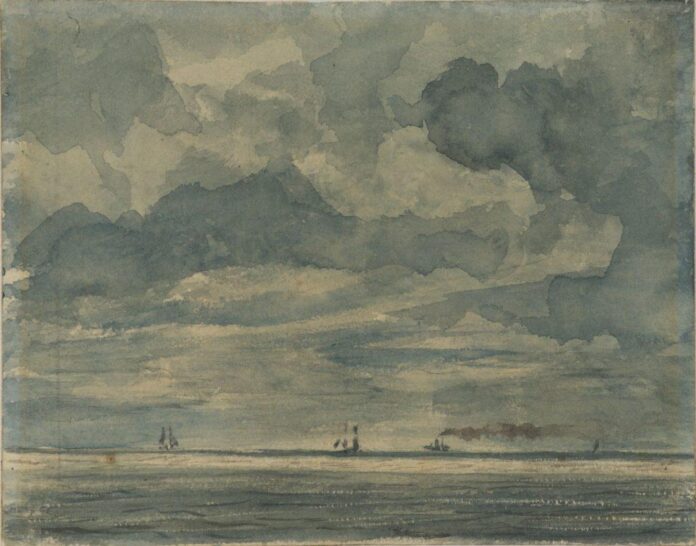What’s in a forgery? More than you would expect, according to a new show at London’s Courtauld Gallery.
Opening June 17, “Art and Artifice: Fakes from the Collection” brings together paintings, drawings, and sculptures from the museum’s holdings that have one thing in common: they’re not genuine. The 15th-century panel depicting virgin and child? A 1920s forgery in the style of Botticelli. That watercolor seascape by John Constable? A passing imitation.
But the exhibition is less a show about the art of forgery than an inquiry into the value of art—and not just the financial kind. The show’s curators Karen Serres and Rachel Hapoienu instead are attempting to suss out the historical and aesthetic value of fakes.
“If this drawing is by Michelangelo, it adds to our understanding of his evolution as a draughtsman,” they said in a joint statement to Artnet News. “If the drawing is by a forger, then it tells a different story altogether, and has value as a teaching tool for our students and researchers. Close examination of a forger’s lines and their comparison to Michelangelo’s lines forces us to consider the draughtsmanship of each artist.”
Some fakes too, they added, have been made of works by artists that are little known today, indicating that these artists were likely “much more popular in their own time to give rise to a market for forgeries.”
It’s for these educational purposes that the gallery has received forgeries over the years, being an institution dedicated to teaching art history and conservation. Some pieces were donated as out-and-out frauds meant to be studied; some others were gifted by collectors who later learned that their prized works, upon technical analysis and provenance research, are but knock-offs.

Jacob Savery I, Forgery in the manner of Pieter Bruegel the Elder, (c. 1590). Photo: The Courtauld, London (Samuel Courtauld Trust).
Still, though forged works may have been produced to hoodwink collectors or museums, the show makes an argument that they too might be considered artworks themselves. Serres and Hapoienu point to the fake Constable, executed in the 1840s long after the artist’s death, which fooled generations of experts, and to the fact that even a skillfully executed fake could be affecting to a viewer.
“If you find a piece of art beautiful, or moving, or thought-provoking, does it matter the name of the artist?” they said. “If a fake is good enough to fool all of the experts, does that mean its aesthetic quality is undisputed? Does knowing the artist’s identity automatically enhance our appreciation of a work of art?”
In fact, forgers themselves are artists to begin with. The exhibition includes works from the 16th century that were created by well-known artists, as well as those by notorious forgers Han van Meegeren, Falsario del Guercino (Faker of Guercino), and Eric Hebborn, whose counterfeits have entered both art history and the art market.
Essentially, the curators hope the show might create more transparency around discussions of art forgery (accompanying the Courtauld’s upcoming online collections database that will allow visitors to easily search its collection for fakes). After all, even with art expertise on hand and technological advancements in authentication, anyone could be duped.
“Most of these fakes fooled the experts of the time and later, and many were likewise unmasked by experts, so there is this question of connoisseurship and our reliance on it in the study of art,” said the curators. “We hope it also serves as a reminder of our fallibility, and that we should challenge our assumptions—often we see what we want to see, and we need to try to view works of art with a critical eye and open mind.”
See more works in the show below.

Umberto Giunti, Forgery in the manner of Sandro Botticelli, (1920s). Photo: The Courtauld, London (Samuel Courtauld Trust).

Forgery in the manner of Auguste Rodin, . Photo: The Courtauld, London (Samuel Courtauld Trust).

Han van Meegeren, Forgery in the manner of Dirk van Baburen, (c. 1930). Photo: The Courtauld, London (Samuel Courtauld Trust).
“Art and Artifice: Fakes from the Collection” is on view at the Courtauld Gallery, Somerset House, Strand, London, June 17 through October 8.
More Trending Stories:

























